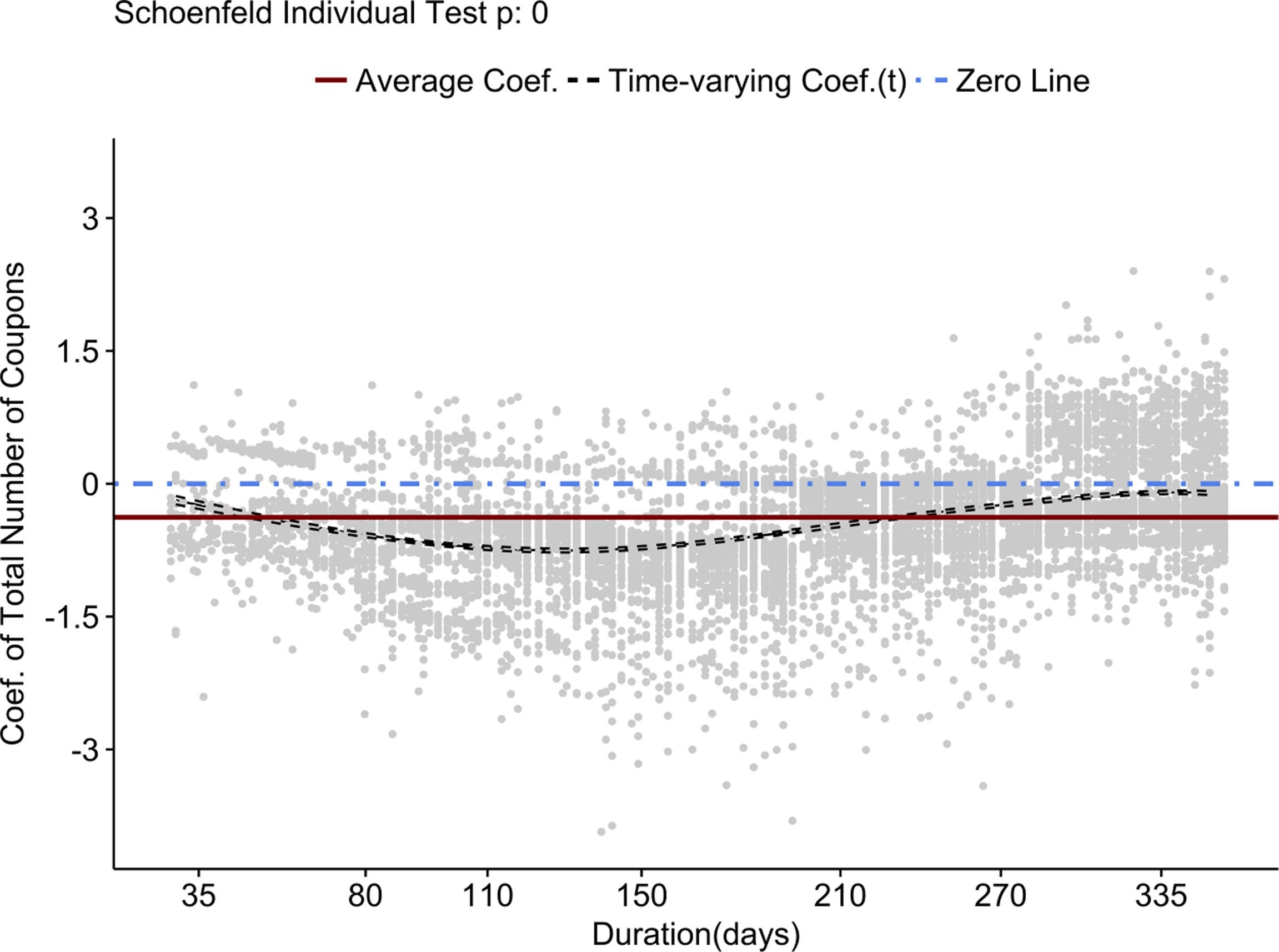Other Transportation Studies
I have a solid background and persistent interest in general areas of transportation such as Mobility as a service (MaaS), transportation economics, transport geography, traffic simulation, infrastructure design, transportation operations, travel demand management, public transit, etc.
Transportation Economics 💰💰💰⛽⛽⛽
[TR Part A] I am the technical leader of the first-in-the-nation incentive-based travel demand management APP “incenTrip”. Through personalized and dynamic incentives, the app aims to reduce traffic congestion, energy consumption, and emissions by encouraging individuals to adopt sustainable travel options, such as switching from driving to greener travel modes, participating in carpooling programs, bypassing congested corridors, and avoiding travel during peak periods.
[TR Part C] A major threat to the growing usage of shared-cars is customer churn. Despite companies continually providing rewards to attract customers, factors that contribute to customer churn are not well-understood. We examined how personalized economic incentives influence customer churn by longitudinally analyzing over 4 million coupons via an extended Cox proportional hazards model. Results show that the effect of coupons generally increased at first and then decreased after the 130th day. Offering more coupons to new customers can help maximize the profits of service providers. However, such a strategy is debatable because it invades personal privacy and is unfair for existing loyal customers.
Public Perception from Social Media💬💬💬👥👥👥
Social media comments provide a rich source of text data containing public sentiments and perceptions. By leveraging both traditional text mining techniques and new LLMs, I aim to quantify how people feel about various urban services, including parking, accessibility, the built environment, health care services, and food delivery.
[Under Review] By examining 5 million parking reviews for 1.1M POIs from Google Maps reviews, we investigate public sentiment towards parking across the whole US. We employ the BERT model to classify the parking sentiment and conduct regression to explore its relationships with socio-spatial factors. We find significant variations in parking sentiment across POI types and CBSAs, with Restaurants showing the most negative. We also find denser urban areas with lower socioeconomic status are more likely to exhibit negative parking sentiment.
[Under Review] ~ 30.6 million people in the US have physical disabilities affecting mobility, yet many city streets and services remain inaccessible despite civil rights protections. We use Google Maps reviews across the US and fine-tune Llama 3 model with the Low-Rank Adaptation technique to analyze public sentiment on accessibility. We found areas with more elderly, highly-educated residents exhibit more negative sentiment, but no clear link is found between % disabilities and accessibility sentiments.
Mobility as a service (MaaS) and Shared Mobility 👫👫👫🚇🚇🚇
[JTG] Leveraging data covering all Dockless bikesharing (DBS) programs in Shanghai, China, we evaluated bike-and-ride (BnR) activities in DBS-metro systems via four metrics: BnR trip count, BnR rate, shared-bike utilization rate, and catchment size. Results showed that land use mix was significantly positively associated with BnR trip count only when buffer size was larger than 1.5 km. Large DBS operators outperformed small ones in BnR trip count but not in bike utilization rate.
[TR Part D] By analyzing station-based shared car booking requests and turnover rates, we provide evidence for optimizing the usage and efficiency of carsharing programs: carsharing companies should identify underserved areas to initiate new businesses; carsharing seems more competitive in a distance to a bus stop between 1.2km and 2.4km, and carsharing is more effectively served in areas with constraints in accessing metro services; local authorities should develop a location-based and geographically differentiated quota in managing carsharing programs.






